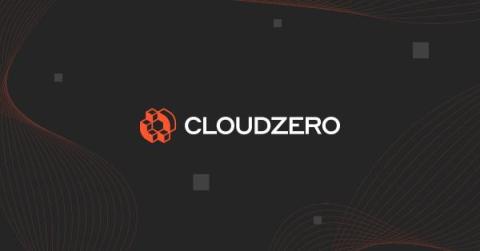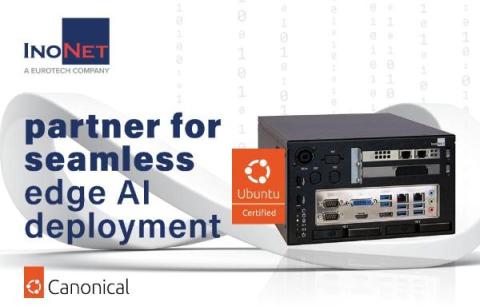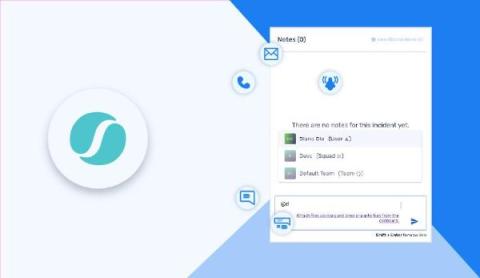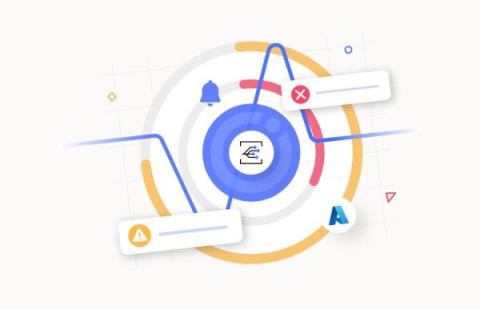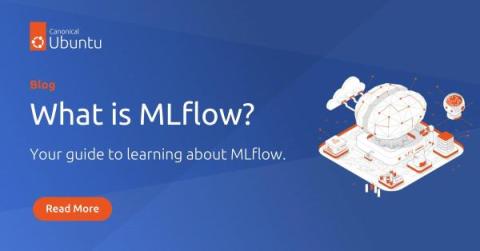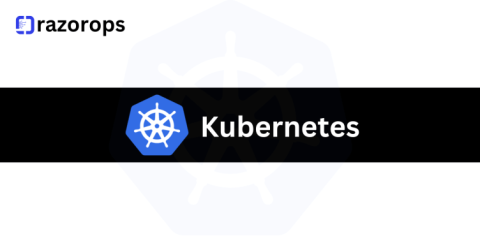Operations | Monitoring | ITSM | DevOps | Cloud
Latest News
InoNet and Canonical partner for seamless Edge AI deployment
How to Automate Change Management for DevOps
Until fairly recently, software releases happened once or twice a year, maybe once a quarter. This gave IT teams plenty of time to verify and manually sign off on every change before they were released in big batches during a bank holiday weekend or off-peak hours. Typically, they’d produce paperwork to show that all changes had been properly tested, and then those changes would be approved for release in a change advisory board meeting (CAB).
Keeping Stakeholders Notified of Incidents With Squadcast
Azure Event Grid Monitoring and Alerting
Succeeding with Backstage 1: Customizing the Look and Feel of Backstage
This is the first article in the “Succeeding with Backstage” series. This series is for those with a working Backstage implementation who want to ensure smooth adoption and ongoing successful use of the tool. If you’re still trying to decide if Backstage is for you, you can check out the first article in the “Evaluating Backstage” series.
Succeeding with Backstage 2: Building and Maintaining Custom Plugins
This second installment of the “Succeeding with Backstage” explains how to create a custom Backstage plugin. For many use cases, customizing the platform’s look using the methods from the last part and integrating existing plugins will be enough to align Backstage with your organization’s needs. But what happens when the plugin directory doesn’t have a plugin that solves your particular problem? You create a custom plugin, of course.
What is MLflow?
K8s Exercise Labels and Annotations
Kubernetes, often abbreviated as K8s, has revolutionised the way we manage containerized applications. It provides a robust platform for orchestrating and managing containers at scale. One of the key features that sets Kubernetes apart is its powerful metadata system, which includes labels and annotations. In this blog post, we’ll take a comprehensive look at how labels and annotations work in Kubernetes and how you can leverage them to enhance the management of your applications.
How Much Does Remote Access Software Cost?
Remote access software has risen to prominence as a vital tool, enabling organizations to bridge geographical distances and empower remote workforces. However, as businesses embrace the convenience and flexibility that remote access solutions offer, they are also confronted with an essential consideration: understanding the true cost of remote access software. In this article, we embark on a comprehensive exploration of the financial dimensions surrounding remote access solutions.


